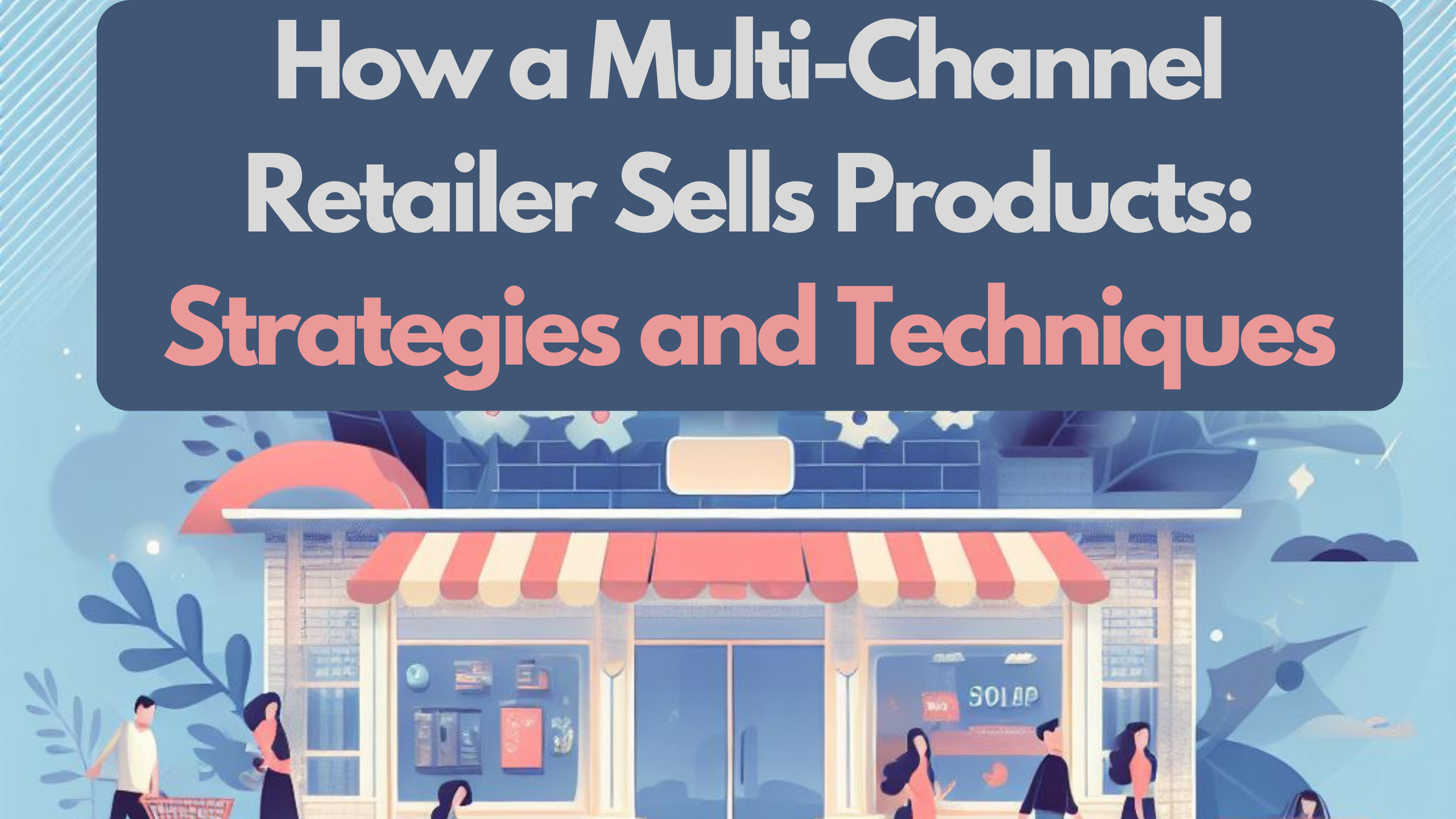How a Multi-Channel Retailer Sells Products: Strategies and Techniques
- Conversational Marketing Software SEO Software Affiliate Marketing Software Marketing Tools


How a Multi-Channel Retailer Sells Products: Strategies and Techniques
In the dynamic landscape of retail, adopting a multi-channel approach is crucial for reaching a diverse customer base and maximizing sales opportunities. This article explores the strategies and techniques employed by multi-channel retailers to sell products effectively. Additionally, we’ll highlight relevant Software as a Service (SaaS) products that empower retailers in implementing successful multi-channel strategies.
The Dynamics of Multi-Channel Selling
Understanding Multi-Channel Retailing
Multi-channel retailing involves selling products through various channels, both online and offline, to provide customers with a seamless and integrated shopping experience. The goal is to meet consumers where they are, whether it’s on e-commerce platforms, social media, marketplaces, physical stores, or other channels.
Strategies and Techniques for Multi-Channel Selling
Key Approaches
- Unified Inventory Management: Ensure a synchronized inventory across all channels to prevent stockouts, reduce errors, and enhance customer satisfaction.
- Cross-Channel Promotions: Run promotions and campaigns that span multiple channels to create a cohesive brand experience and encourage cross-channel purchasing.
- Data-Driven Insights: Leverage analytics to understand customer behavior across channels, enabling personalized marketing and product recommendations.
- Seamless Customer Experience: Provide a consistent and seamless experience, whether customers are shopping online, in-store, or on mobile devices.
- Optimized Fulfillment: Implement efficient order fulfillment processes, including options like buy online, pick up in-store (BOPIS) to enhance convenience.
SaaS Products Empowering Multi-Channel Retailers
To execute effective multi-channel strategies, retailers can leverage a variety of SaaS products. Here are some examples:
- Magento Commerce: A comprehensive e-commerce platform that supports multi-channel selling and offers a range of customization options.
- BigCommerce: A SaaS solution designed for creating and managing online stores, with features for multi-channel integration.
- Shopify: A user-friendly e-commerce platform known for its ease of use and support for multi-channel sales.
- Salesforce Commerce Cloud: An enterprise-level commerce platform that enables seamless multi-channel experiences.
- ChannelAdvisor: A SaaS solution focused on optimizing product listings and advertising across various online channels.
Conclusion
In conclusion, successful multi-channel retailing involves a combination of strategic approaches and the integration of powerful SaaS tools. Retailers must prioritize a unified customer experience, streamlined operations, and data-driven decision-making to thrive in today’s competitive landscape.
Implementing and managing a multi-channel strategy is made more efficient with the assistance of tools like Magento Commerce, BigCommerce, Shopify, Salesforce Commerce Cloud, and ChannelAdvisor. As retailers continue to adapt to evolving consumer behavior, staying agile and leveraging innovative SaaS solutions will be key to achieving success in the multi-channel retail space.





